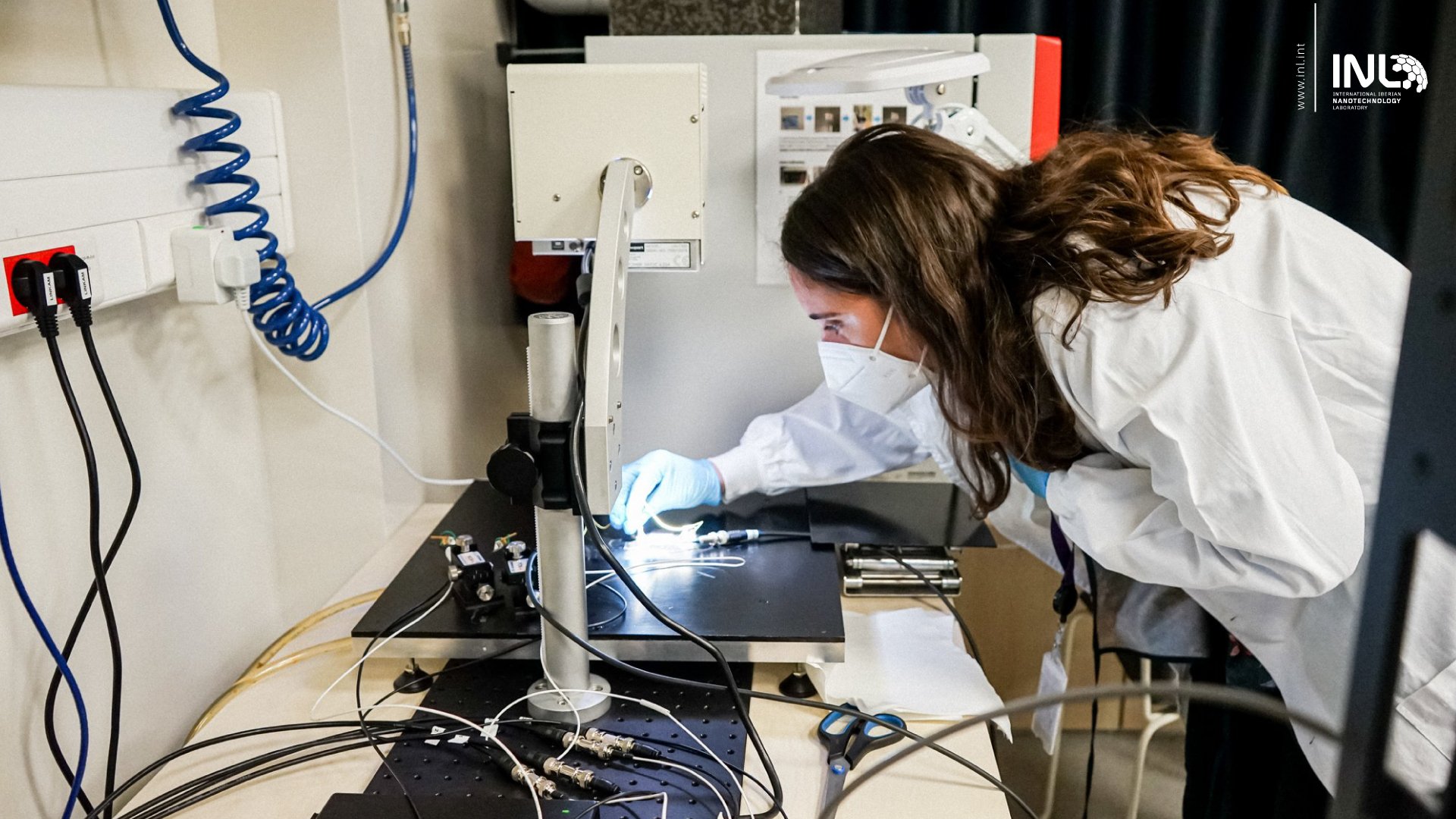
KESPER, innovative technology that uses a novel class of kesterite materials
December 16, 2022
The industrial sector is facing a quick growth of clean energy sources. However, it still lacks large-scale energy storage solutions and the availability of clean fuels with high energy value. It is crucial to reduce energy consumption, by increasing the efficiency of energy systems and by promoting their greenization.
KESPER – The kesterite-based Photoelectrodes for Water and Nitrogen Reduction project proposes an innovative technology that uses a novel class of kesterite materials avoiding the use of critical raw materials for the generation of renewable gases. Kesterite, a greenish-black mineral, presents several forms and compositions; however, this also makes it extremely versatile with adaptable features.
Kesterite semiconductor compounds can be alloyed with several elements and can be used to develop environmentally-friendly photoelectrodes, which have the capability to tune their energy bandgap depending on their elemental composition among other tuneable properties.
Although this material has only been extensively studied over the past decade, when used in thin-film solar cells, it can deliver light-to-power conversion efficiencies of close to 13%, demonstrating its huge potential for the clean energy sector. In KESPER, we are combining the advantages of kesterite together with tailored surfaces, coatings and interfaces, towards the development of low-cost, earth-abundant, and easily recyclable photoelectrodes. Our final demonstrator will be developed with scalable techniques, following life-cycle thinking, and without requiring critical or toxic materials, suitable for both water and nitrogen reduction.
This unique project is managed by the M-ERA.NET network, and brings together a strong consortium between INL – International Iberian Nanotechnology Laboratory, Hasselt University, Interuniversity Micro Electronics Centre and the Technical University of Denmark, to develop better alternatives for clean energy production.



